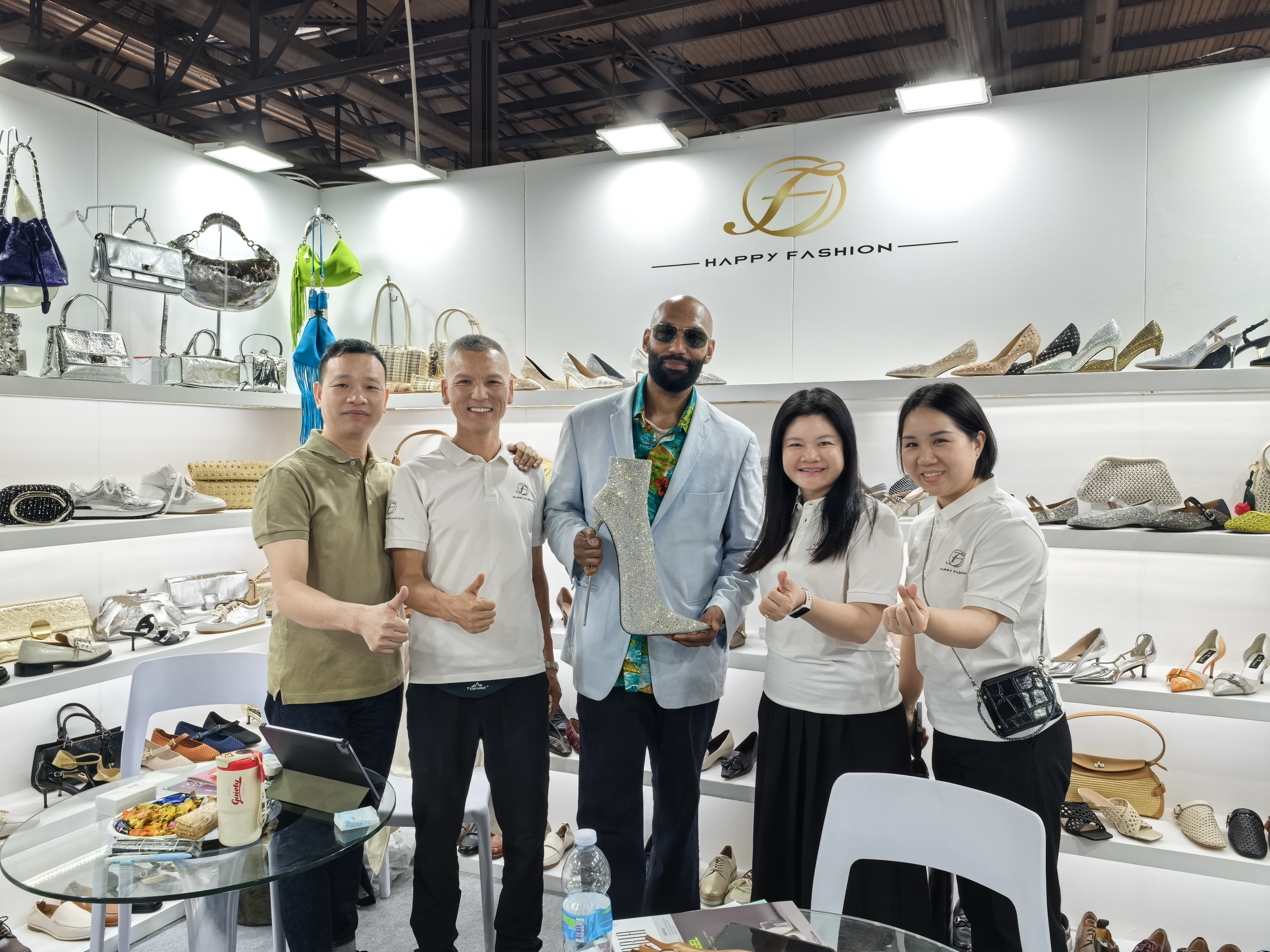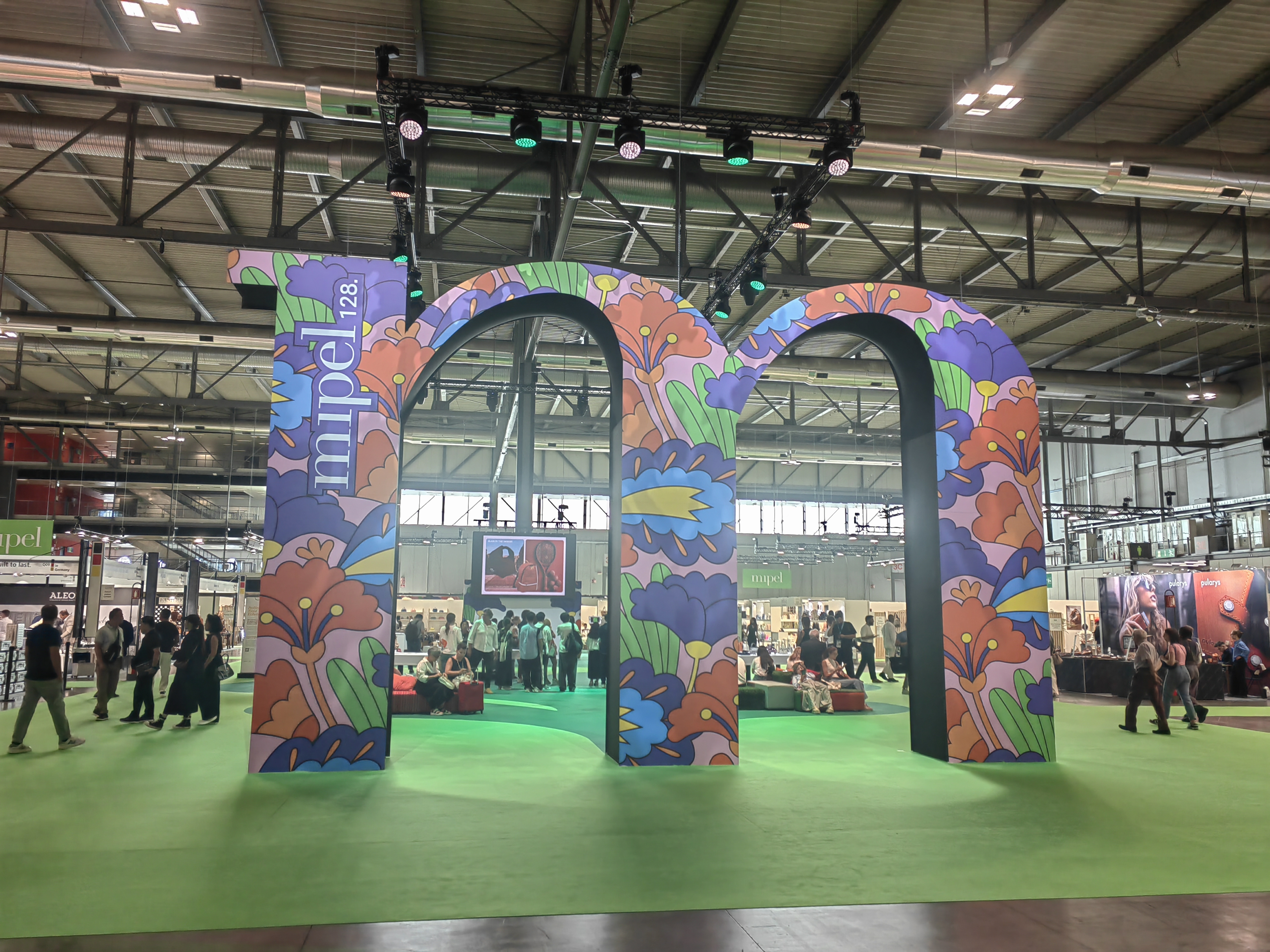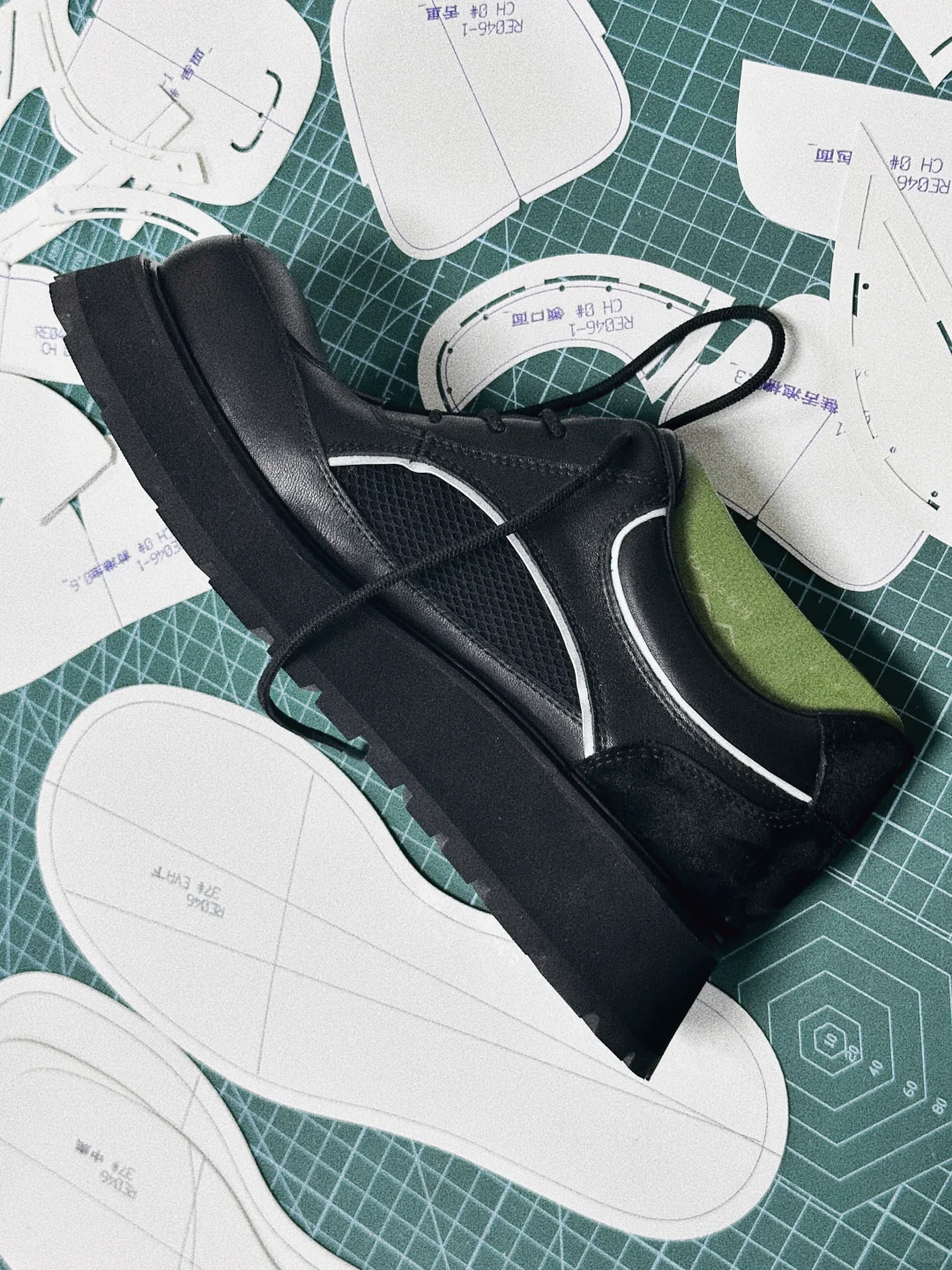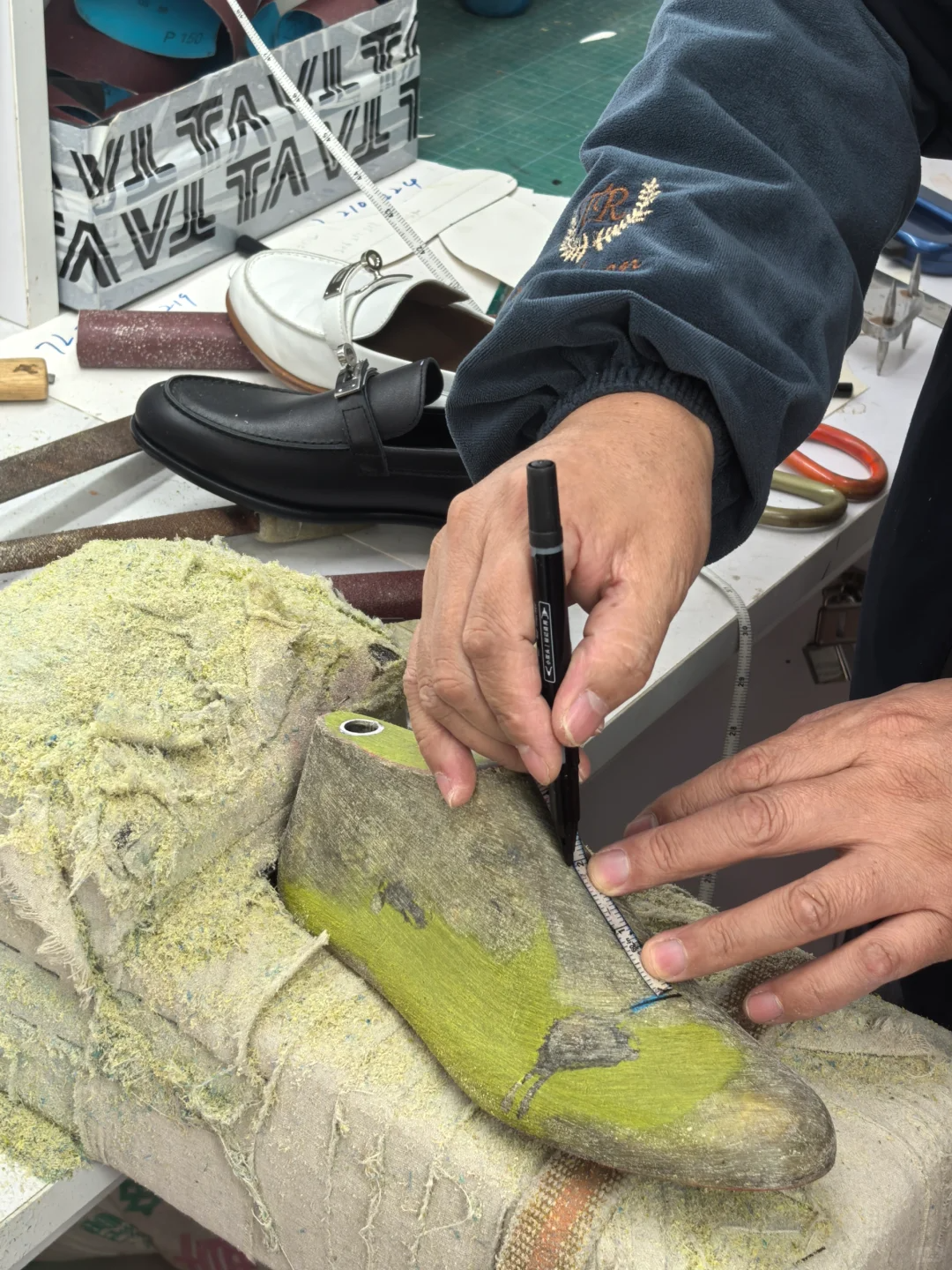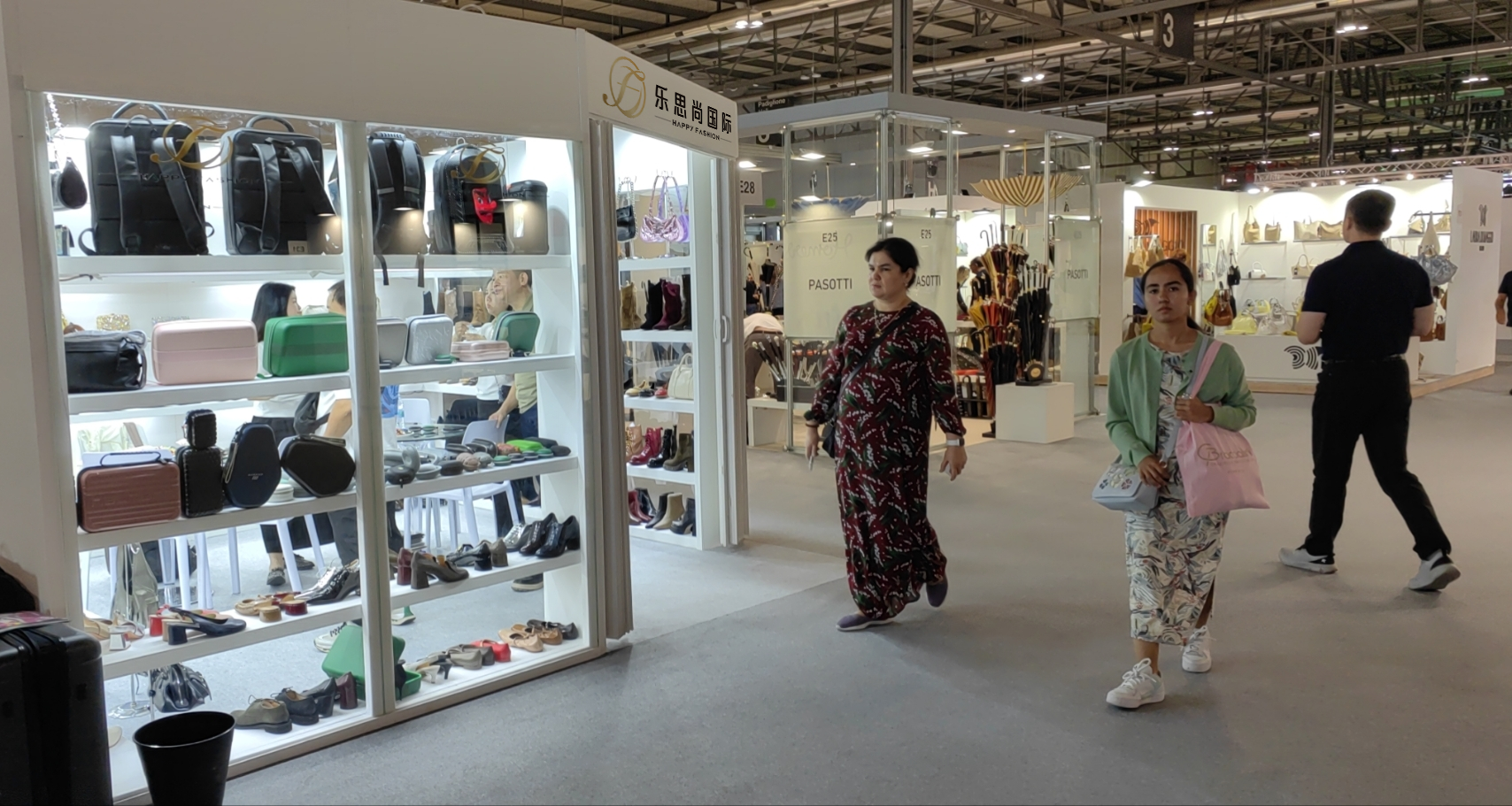
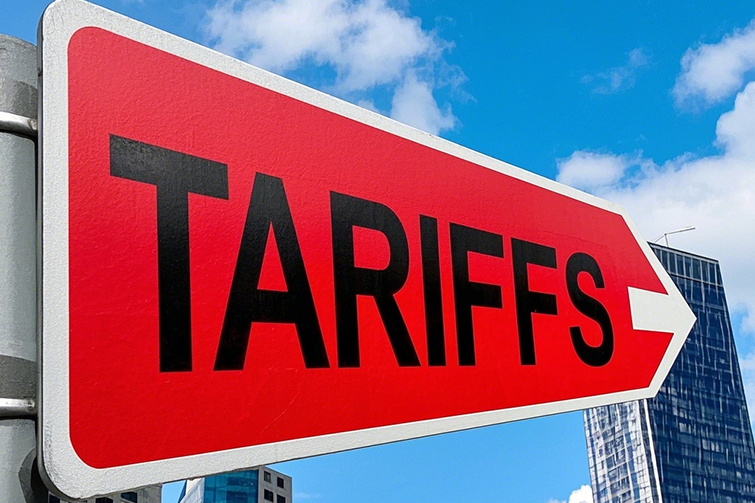
How Will the US New Tariffs Impact the Footwear Industry?
Recently, the policy change of the United States to impose additional tariffs on multiple countries is like a boulder thrown into the calm lake of the footwear market, creating a great stir and attracting the attention of footwear industry practitioners worldwide. As footwear wholesalers, purchasers, brand owners, and shoe store operators, are you worried about how this policy will affect your own business? Today, Guangzhou Happy Fashion International Trade Co., LTD will conduct an in-depth analysis of this situation for you.
Details of the Tariff Policy Adjustment
According to multiple reports, the tariff list announced by US President Trump on April 2 shows that the United States will impose "reciprocal tariffs" of more than 30% on several countries, including Cambodia, Vietnam, and Thailand. Among them, the new total tax rate for Vietnam is as high as 46%. The US government claims that this measure is a countermeasure against the tariffs imposed by other countries on the United States. However, this policy will undoubtedly bring a huge impact on the global footwear supply chain.
Impact on the Footwear Supply Chain
Soaring Production Costs
The vast majority of footwear in the US market relies on imports. Currently, only 1% of footwear in the United States is domestically manufactured. And countries in Asia, such as Vietnam, are the main sources of US footwear imports. Take Vietnam as an example. In 2024, nearly one-third of the footwear imported by the United States came from Vietnam. Many international renowned brands, for example, about 50% of Nike's shoes are produced in Vietnam, and about 39% of Adidas' shoes are made in Vietnam. After the additional tariffs are imposed, the production costs of these brands have soared significantly. For us B2B practitioners in the footwear industry, if your supply chain involves these countries that have been imposed with additional tariffs, the costs of raw material procurement, production and processing, etc. will inevitably increase. Originally, if the cost of purchasing a pair of shoes from Vietnam was $50, assuming the tariff increases by 30%, then the cost will directly rise to $65, which is a very significant compression of the profit margin.
Forced Adjustment of the Supply Chain Layout
Facing the pressure of tariffs, brand owners and purchasers have to re-examine and adjust the supply chain layout. In the past, many enterprises concentrated their production in Southeast Asian countries like Vietnam to reduce costs. Now, in order to avoid high tariffs, it may be necessary to transfer part of the production capacity to countries that have not been imposed with additional tariffs or have lower tax rates, such as India, Pakistan, etc. However, this process is not something that can be achieved overnight. It involves many complex issues, such as finding new partners, evaluating production capacity and quality, and re-establishing logistics channels. Moreover, the new production bases may have deficiencies in aspects such as labor quality and infrastructure, which will affect product quality and delivery time. For wholesalers and shoe stores, the instability of the supply chain may lead to untimely goods supply, missing the peak sales season, and thus affecting sales.
Impact on Market Demand
Decrease in Consumers' Willingness to Purchase
The Footwear Distributors and Retailers of America (FDRA) pointed out that the increase in footwear tariffs will cause inflationary pressure on working-class families. When the increase in tariffs leads to a rise in the price of footwear products, consumers' willingness to purchase usually decreases. It is estimated that the price of Nike Air Jordan 1 High sneakers for American consumers may increase by at least $18 due to the tariff hike. For price-sensitive consumers, especially low-income families, they may reduce the frequency of purchases or switch to brands with lower prices. For brand owners, this means that market demand may shrink and sales may decline. For shoe stores, there will be fewer customers entering the store, and it is difficult to guarantee sales.
Change in the Market Competition Pattern
In the case of shrinking demand, market competition will become more intense. Some brands that originally rely on imports and have higher prices may lose part of their market share, while those brands that can quickly adjust the supply chain, control costs, or are positioned in the mid-to-low end and have affordable prices may take the opportunity to seize the market. For example, some domestic brands may be more competitive in terms of price due to the absence of tariff burdens, thus attracting more consumers. This requires us footwear industry practitioners to re-evaluate our own market positioning and competition strategies and think about how to stand out in the new market environment.

Guangzhou Happy Fashion International Trade Co., LTD's Response Strategies and Cooperation Opportunities
Our company is located in Guangzhou, the high-end production base of China's footwear industry. We have more than 20 years of rich experience in the footwear manufacturing field, covering various types of fashionable women's shoes such as sandals, slippers, high heels, flat shoes, etc., and also involving leather products such as handbags and evening bags. At the same time, we provide professional ODM/OEM services. In the face of the current situation of the United States imposing additional tariffs, we have the following advantages and response measures, which also provide new cooperation opportunities for all our partners:
- Stable Supply Chain:
- We have been rooted in China for a long time and have established stable cooperative relationships with many high-quality raw material suppliers in China. We can ensure the stable supply and quality control of raw materials, avoiding the impact caused by fluctuations in the international supply chain.
- Cost Control Ability:
- By optimizing the production process and improving production efficiency, we have effectively controlled production costs while ensuring product quality. Even when the industry costs generally rise, we are still able to provide our partners with competitive prices.
- Customized Services:
- We understand that different customers have different needs in product design, material selection, etc. With our professional design team and rich production experience, we can provide customized ODM/OEM services for brand owners, purchasers, etc., helping you create unique products and enhance your market competitiveness.
We sincerely invite all footwear wholesalers, purchasers, brand owners, and shoe store operators to contact us. Let's jointly discuss cooperation opportunities in the current complex market environment, work together to face challenges, and seize new market opportunities. What do you think is the most significant impact of the US tariff increase policy on your business segment? Welcome to leave your thoughts in the comment section and share your views with us.


